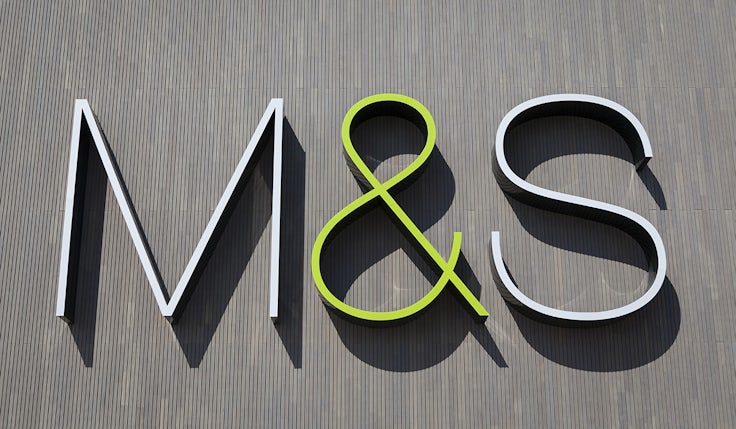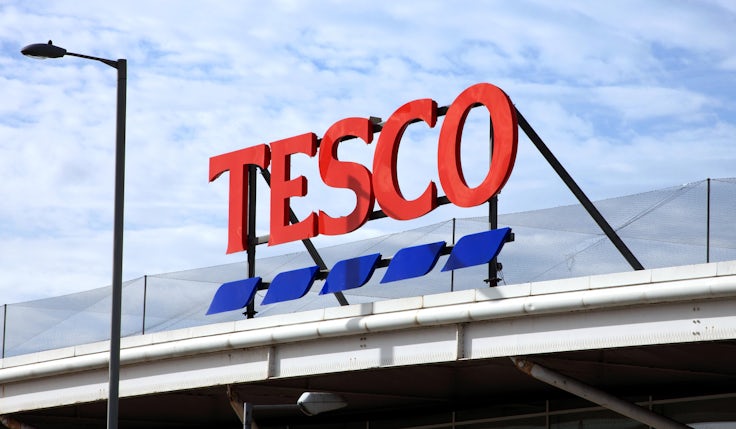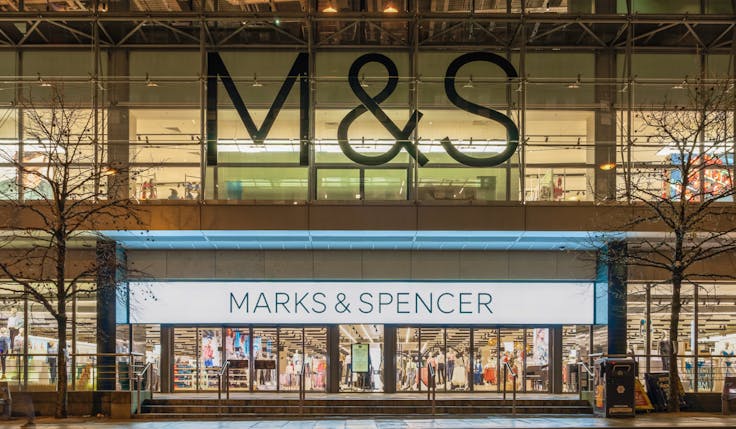M&S brand outperforms rivals as it returns to FTSE 100
M&S is outperforming its high street rivals across all key brand health metrics, according to data from YouGov BrandIndex.
 Marks & Spencer is set to return to the FTSE 100 index of Britain’s most valuable companies for the first time since 2019. The reasons for its turnaround are manifold but chief among them is the strength of its brand, which is outperforming its high street rivals across various brand health measures, according to data shared exclusively with Marketing Week.
Marks & Spencer is set to return to the FTSE 100 index of Britain’s most valuable companies for the first time since 2019. The reasons for its turnaround are manifold but chief among them is the strength of its brand, which is outperforming its high street rivals across various brand health measures, according to data shared exclusively with Marketing Week.
YouGov’s BrandIndex shows M&S has seen positive perceptions of the brand grow significantly ahead of the retail industry average over the past 12 months and is the strongest of any brand in the UK retail sector, according to YouGov.
Its index score, an overall measure of brand health using an average of its impression, value, quality, reputation, satisfaction and recommend rankings, increased from 46.3 to 48.7 (+2.4) over the past 12 months. Scores for the sector as a whole moved more modestly from 11.2 to 11.7 (+0.5).
This is a trend that continues across both its food and fashion divisions. When looking at M&S Food, the grocery offering has seen a near three-point rise from 36.7 to 39.5 over the past year (+2.8), while the sector as a whole has deteriorated slightly from 7.0 to 6.5 (-0.5).
M&S’s performance “looks even better” when compared to average scores for the ‘big four’ supermarkets (Asda, Tesco, Sainsbury’s and Morrisons), says YouGov, which slumped from 27.0 to 23.0 (-4.0).
The index score for its fashion offering, meanwhile, has grown from 43.2 to 46.8 (+3.6). This next to a 0.9 rise from 8.0 to 8.9 for high street fashion retailers on average.
Is the M&S brand back?A closer look at the data shows that general perceptions of M&S as a high street retailer saw the measure tracking its quality improve from 59.9 to 63.2 (+3.3) between August 2022 and August 2023. Satisfaction scores climbed from 54.7 to 58.3 (+3.6) and impression scores saw a two-point increase from 55.9 to 57.9.
Its fashion division saw impression scores jump from 48.9 to 53.8 (+4.9) as its quality scores went from 52.8 to 57.7 (+4.9) over the year. While its reputation measure rose by 3.7 points from 30.8 to 34.5.
For M&S Food, there was a smaller improvement of 46.0 to 47.8 (+1.8) for its impression score and for its customer satisfaction scores, which increased from 42.4 to 43.2 (+0.8). These scores need to be put into context, however, against the wider industry which all saw negative drops to scores over the past year.
Indeed, in all of these cases, M&S outperformed the industry average every time.
Playing FTSE
The retailer’s return to the FTSE 100 after four years follows a return to growth.
M&S fell out of the FTSE 100 (a list of the UK’s most valuable stock market companies) in 2019 for the first time in its history after initially being a founding member of it. But with its share price recently topping £4.3bn, a jump of more than 60% just this year, it is set to re-qualify.
Earlier this month, M&S released an update on its first 19 weeks of trading showing that like-for-like food sales were up by 11% and similarly clothing and homes sales grew over 6%. These factors led the group to increase its forecast for its interim results due at the end of September.
‘We’ve fixed the basics, let’s shape the business’: M&S on the next stage of its transformationIts latest full-year results, released in May, showed sales up by 8.7% across food and by 11.5% across its clothing range, as well as online sales increasing by 4.8% and in-store by 14.99%.
It points to a turnaround for the retailer, which was struggling just two years ago with clothing sales slumping by 34% in FY21.
Sherry Cramond and Anna Braithwaite, both marketing directors at M&S, will be speaking about the brand’s journey at Marketing Week’s Festival of Marketing being held at The Brewery in London on Thursday 5th October. For more information click here.







